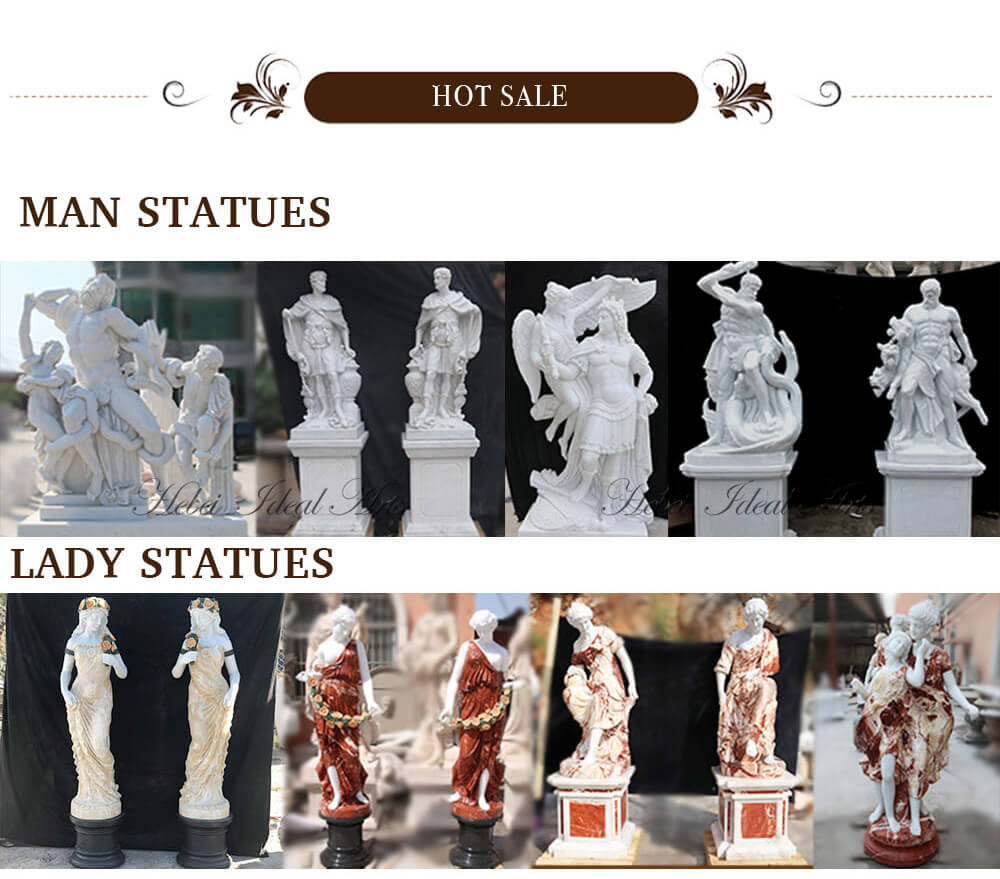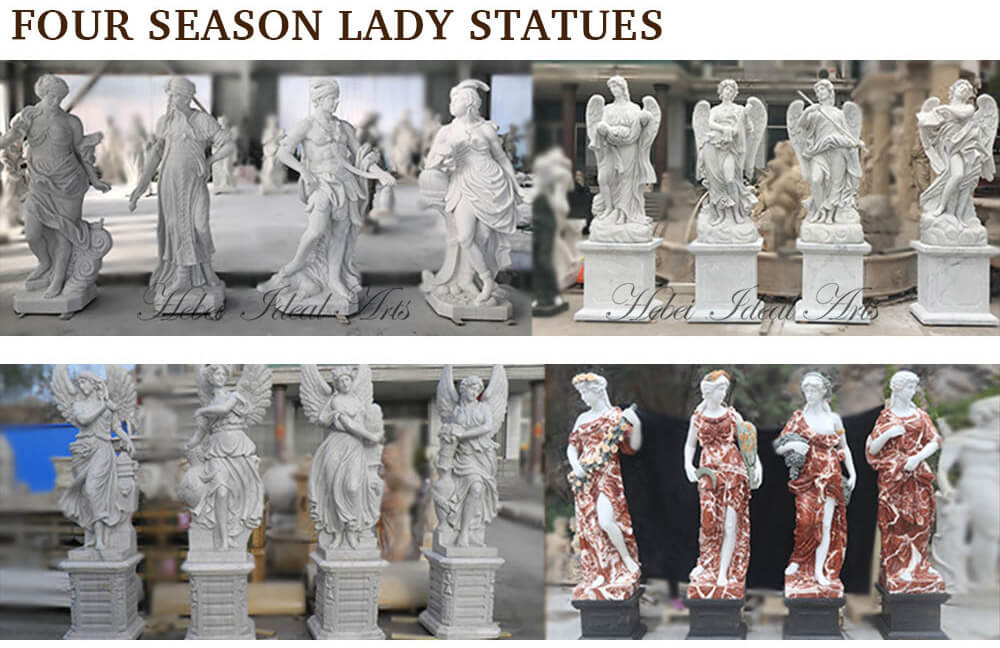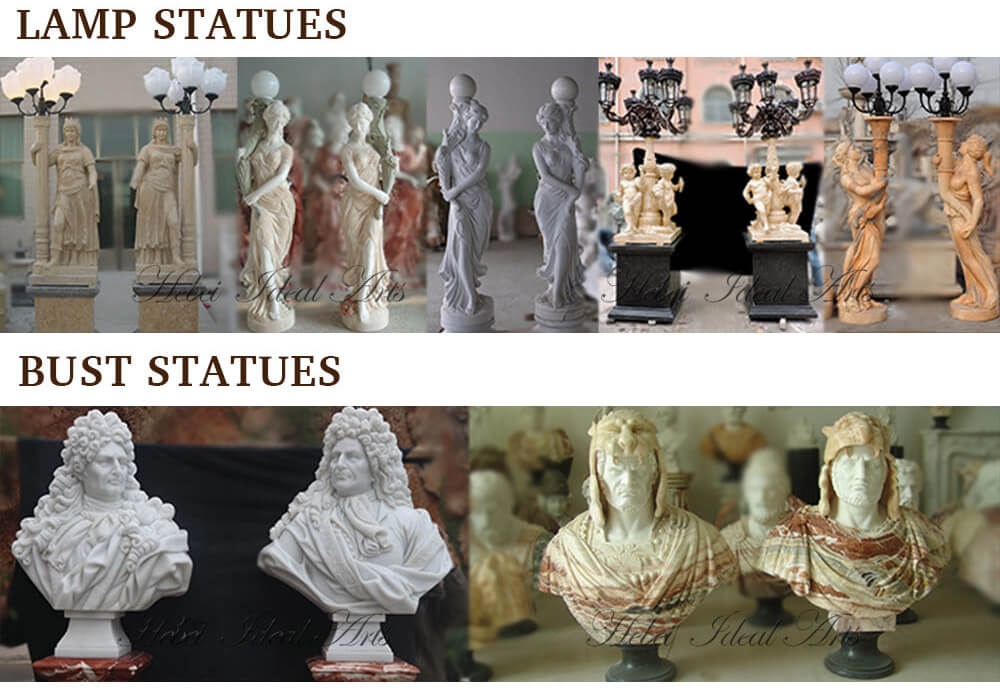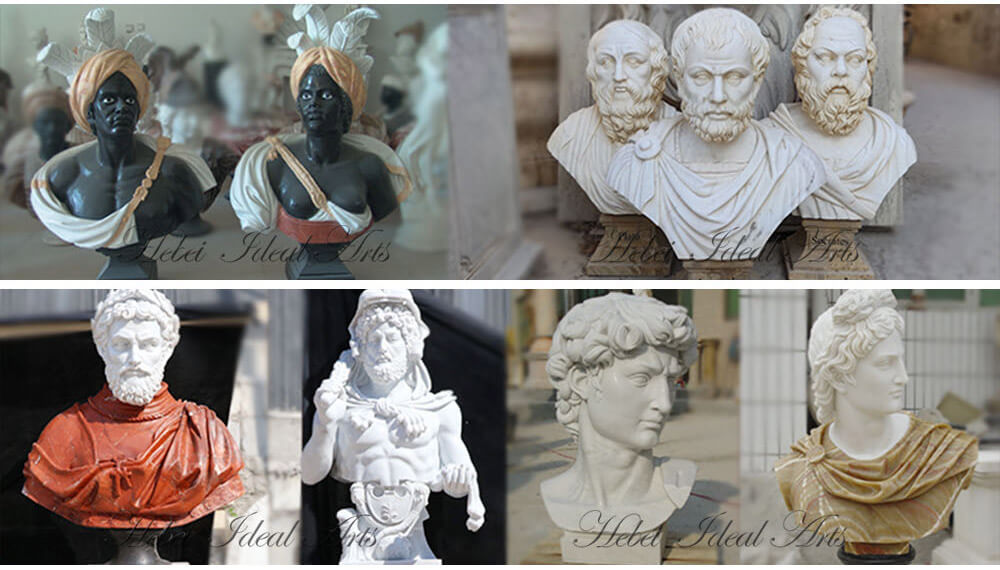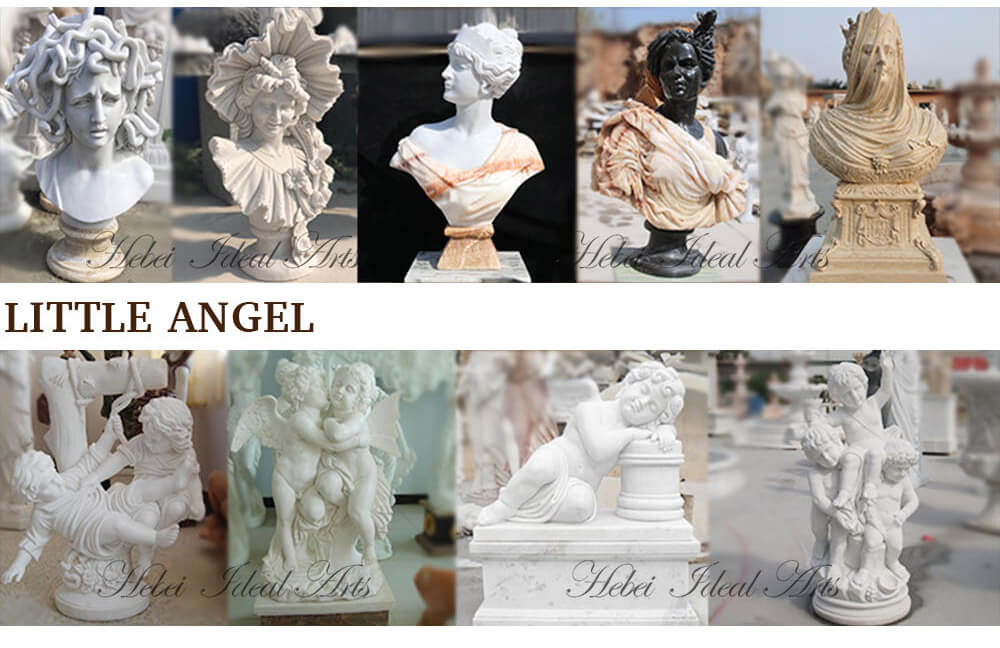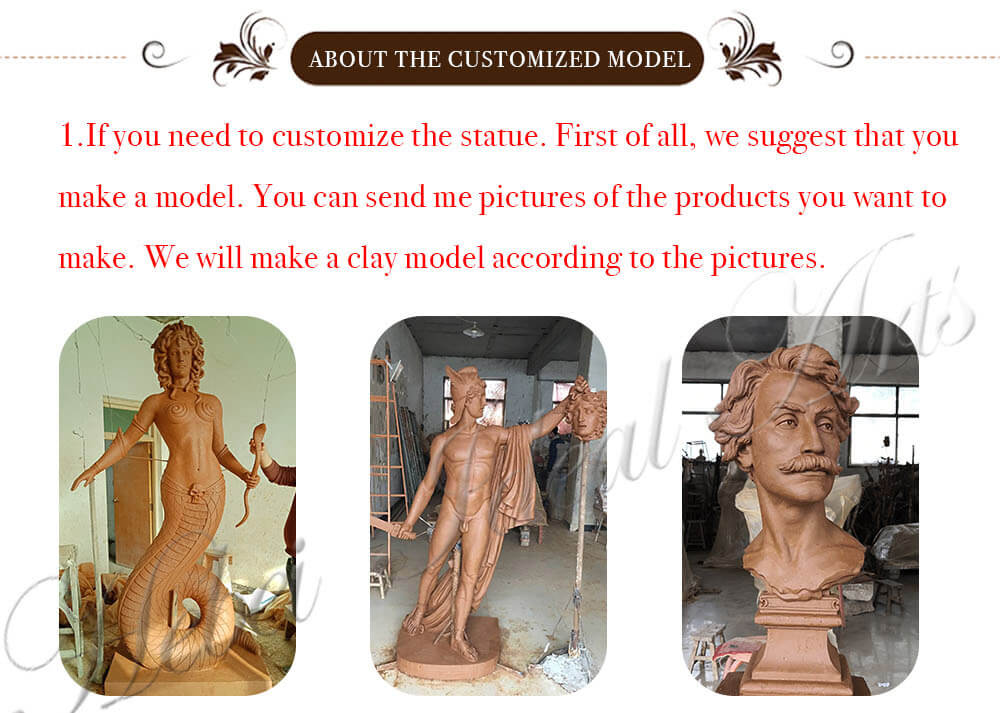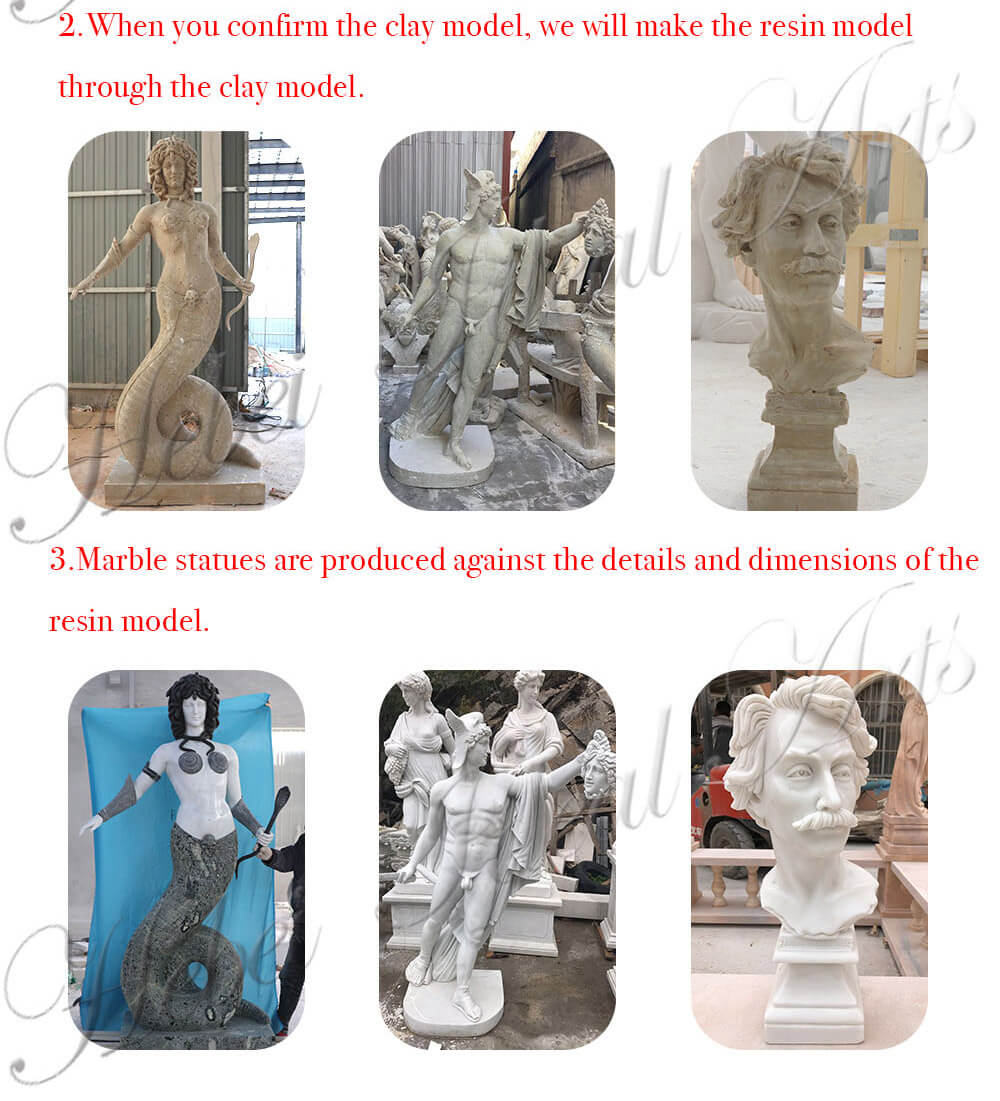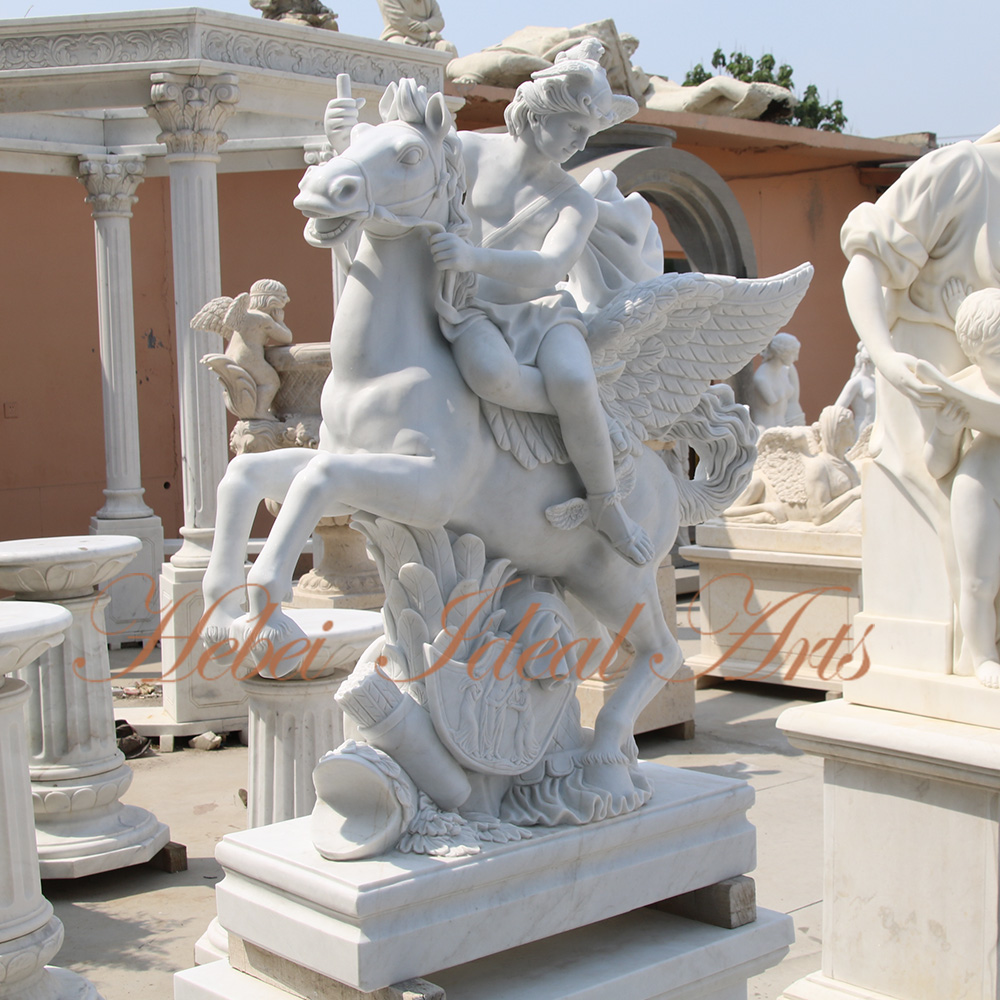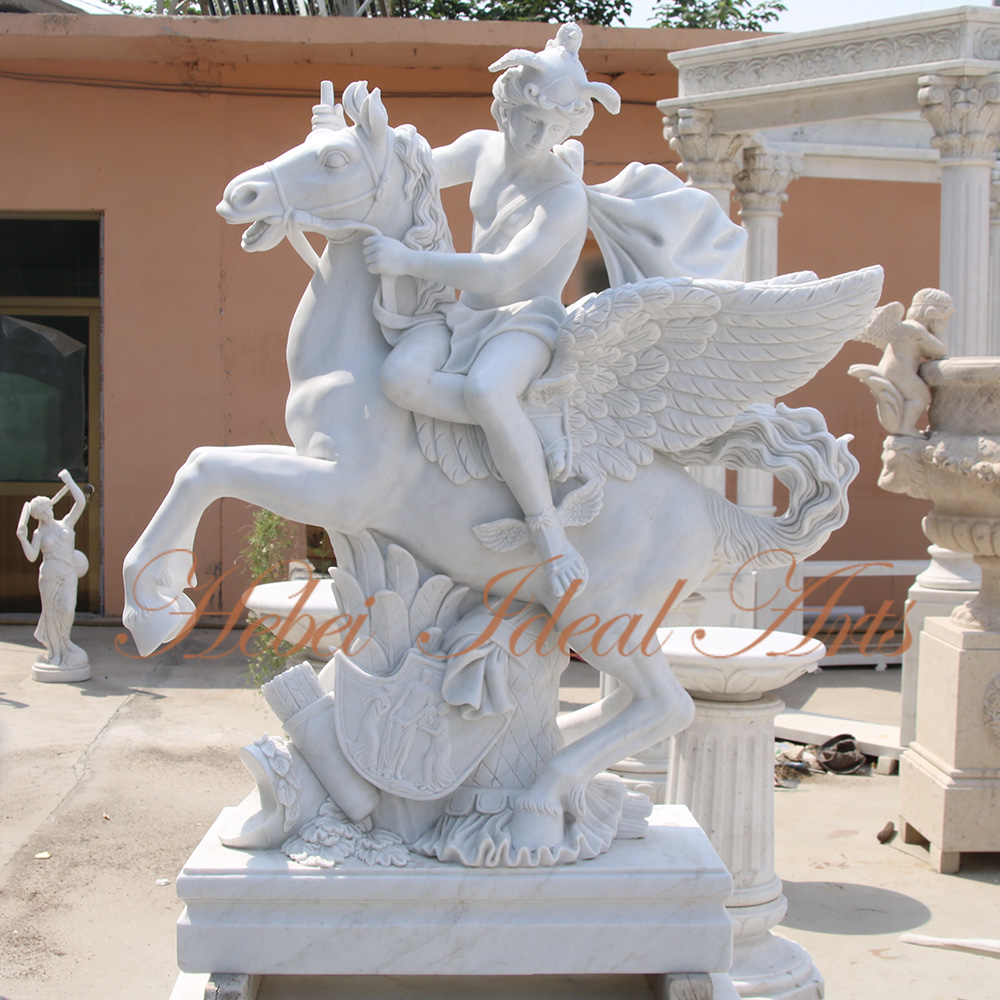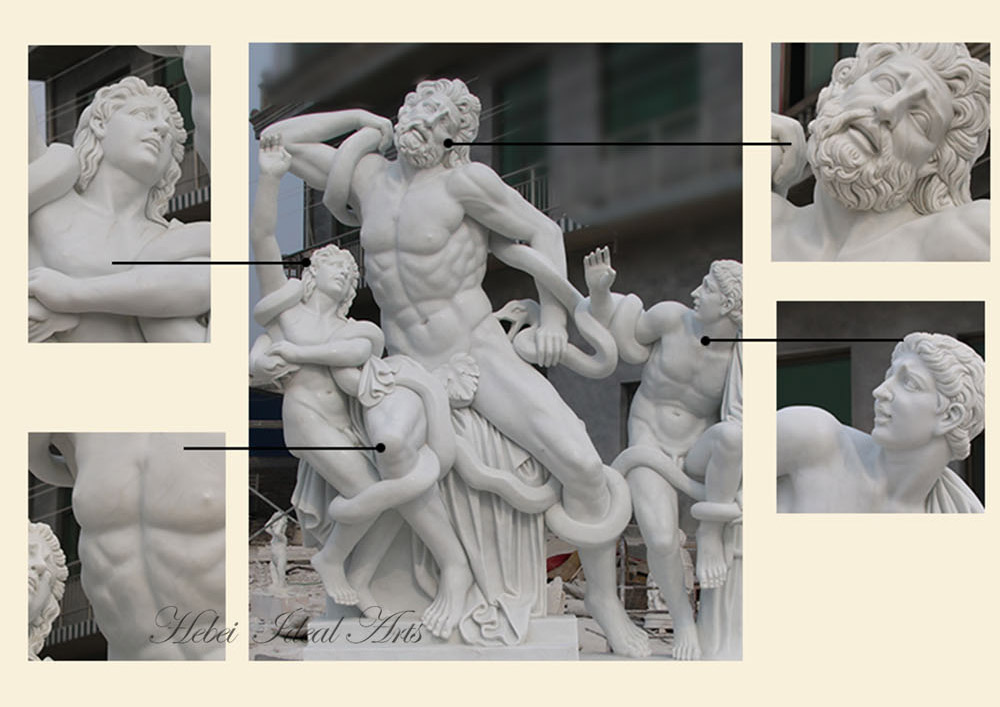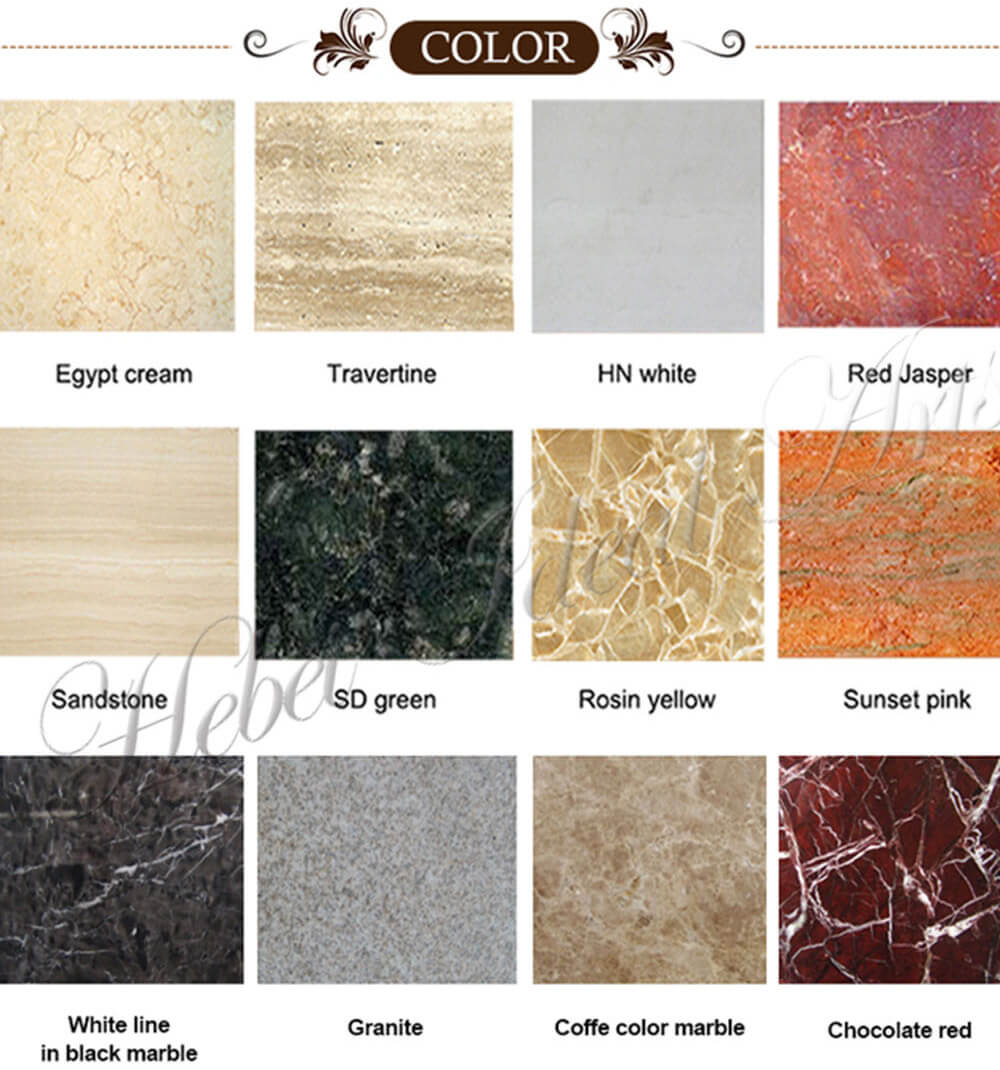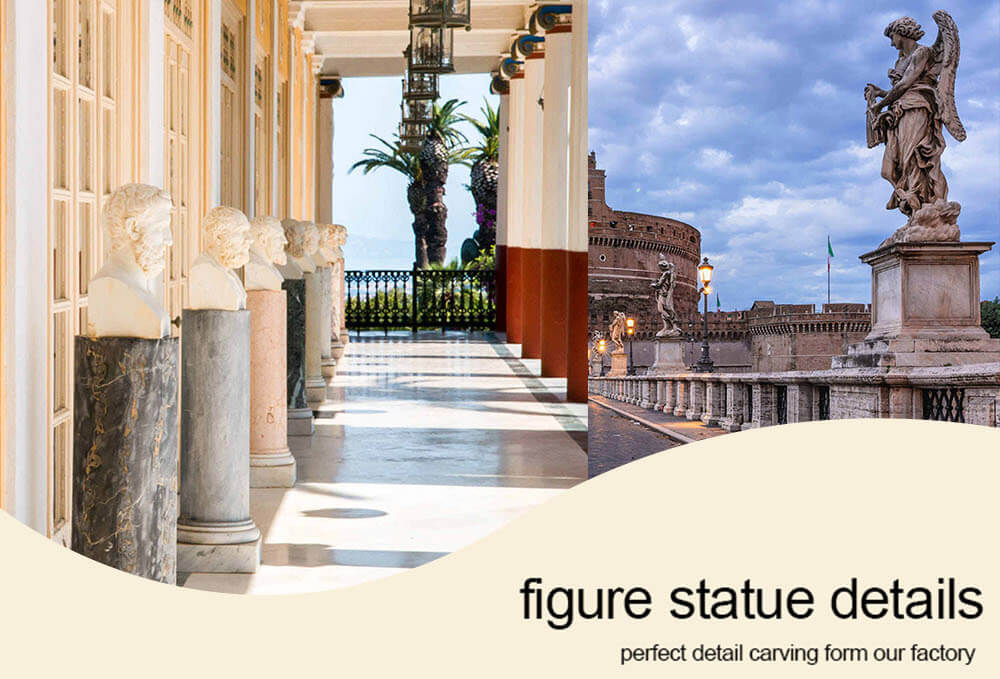 French stone carving. Coyce Vaux was painted in 1701-1702. Mercury, also known as Hermes, was the god of ancient Arcadia in Greek mythology, and later became one of the gods of Olympus. He is the incarnation of the mighty power of nature, and the protector of animal husbandry and shepherds. In this statue, he sits leaning on a horseback, holding an emblem symbolizing business in his hand, indicating that he is also the god of mercy, the god of commerce and profit. The figure of the statue is natural and natural, strong and powerful, and the shape of the horse is powerful and strong, showing the majestic posture of a galloping horse, showing ample strength and strong vitality. Now in possession of the Tulleries Garden in Paris, France. The horse with a pair of wings in the Mercury riding Pegasus marble sculpture is the image of a flying horse, symbolizing the king's peace and wartime prestige. Mercury rides on this flying horse, wearing a laurel wreath and olive branch statue of fame, blowing the horn of truth and proclaiming the king's war power. Pegasus (the symbol of poetry) is guided by Mercury, the divine messenger and the god of trade. The trophy under the horse he raised includes a shield that evokes the heir to the Spanish throne, Minerva (Goddess of War) showing the portrait of Philip V to the Spanish people.
French stone carving. Coyce Vaux was painted in 1701-1702. Mercury, also known as Hermes, was the god of ancient Arcadia in Greek mythology, and later became one of the gods of Olympus. He is the incarnation of the mighty power of nature, and the protector of animal husbandry and shepherds. In this statue, he sits leaning on a horseback, holding an emblem symbolizing business in his hand, indicating that he is also the god of mercy, the god of commerce and profit. The figure of the statue is natural and natural, strong and powerful, and the shape of the horse is powerful and strong, showing the majestic posture of a galloping horse, showing ample strength and strong vitality. Now in possession of the Tulleries Garden in Paris, France. The horse with a pair of wings in the Mercury riding Pegasus marble sculpture is the image of a flying horse, symbolizing the king's peace and wartime prestige. Mercury rides on this flying horse, wearing a laurel wreath and olive branch statue of fame, blowing the horn of truth and proclaiming the king's war power. Pegasus (the symbol of poetry) is guided by Mercury, the divine messenger and the god of trade. The trophy under the horse he raised includes a shield that evokes the heir to the Spanish throne, Minerva (Goddess of War) showing the portrait of Philip V to the Spanish people.